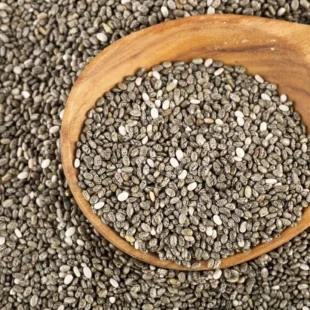- Your cart is empty
- Continue Shopping
Coffee – Strong it is
₹218 ₹299 Save 27%
Offers
Use code
BDAY
Flat 61% Off, Your Birthday Special
Use code
GET40
Flat 40% Off on order above Rs. 1000
Use code
GET50
Flat 50% Off on order above Rs. 3000
Use code
GET60
Flat 60% Off on order above Rs. 6000
Description
#imhealthynz Stories of our customers
Natural Fat Burning Formula
Akanksha Rai
Nutrition & Lifestyle Coach
One Brand We Can Trust Blindly
Rohan Wekhande
Founder of Tribe Media
Personalized according to your need.
Shubham Tanpure
Fitness Coach & Wrestler
Made In India. That Meets World Standards.
Vikas Damare
International Powerlifter & Health Coach
Energy, Stamina, Strength!
Balbir Singh
70 years old
No Bloating, No Side Effects.
Namrata Wekhande
Fitness Enthusiast & Corporate Profesional
They Say, It Means!
Sachin Vyas
Verified by experts, true result & recovery
Amit Londhe
- Hot Water/Milk
- Add coffee powder
| Water or milk (hot) | Coffee Powder |
| 100 ml | 2-4 gm (half teaspoon) |
| 200 ml | 5-7 gm (one teaspoon) |
- Stir it & Drink it
Note:
- Avoid drinking coffee after 6 or 7 pm. It will keep you awake late at night,
- you can change the quantity as per taste & feel preference,
- If you want a sweet taste you can add jaggery instead of white sugar.
Q. Is coffee harmful?
A. Coffee is not harmful but excess consumption of coffee is harmful. As per research drinking more than 4 cups of coffee daily is possibly unsafe. Drinking large amounts might cause side effects due to the caffeine content. Children and pregnant women should avoid coffee.Too much caffeine can also cause anxiety in people with panic or anxiety disorders.
Q. What is the history of coffee?
A. Coffee cultivation and trade began on the Arabian Peninsula. By the 15th century, coffee was being grown in the Yemeni district of Arabia and by the 16th century it was known in Persia, Egypt, Syria, and Turkey. European travellers to the Near East brought back stories of an unusual dark black beverage. By the 17th century, coffee had made its way to Europe and was becoming popular across the continent. Coffee began to replace the common breakfast drink beverages of the time — beer and wine. Those who drank coffee instead of alcohol began the day alert and energised. In the mid-1600's, coffee was brought to New Amsterdam, later called New York by the British. Though coffee houses rapidly began to appear, tea continued to be the favoured drink in the New World until 1773. As demand for the beverage continued to spread, there was fierce competition to cultivate coffee outside of Arabia. The Dutch finally got seedlings in the latter half of the 17th century. Their first attempts to plant them in India failed, but they were successful with their efforts in Batavia, on the island of Java in what is now Indonesia. The plants thrived and soon the Dutch had a productive and growing trade in coffee. They then expanded the cultivation of coffee trees to the islands of Sumatra and Celebes.
Q. Which estate in India produces coffee?
A. 71% of India's coffee is produced in Karnataka. The largest coffee-producing region of Karnataka is Kodagu (Coorg) district. The other main coffee-producing regions of Karnataka are Chikmagalur, Hassan, Shimoga, and Mysore. Other cities which produce coffee are Kerala, and Tamil Nadu andhra pradesh, odisha, nagaland, aasam.














There are no reviews yet.